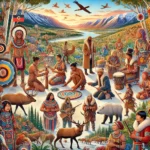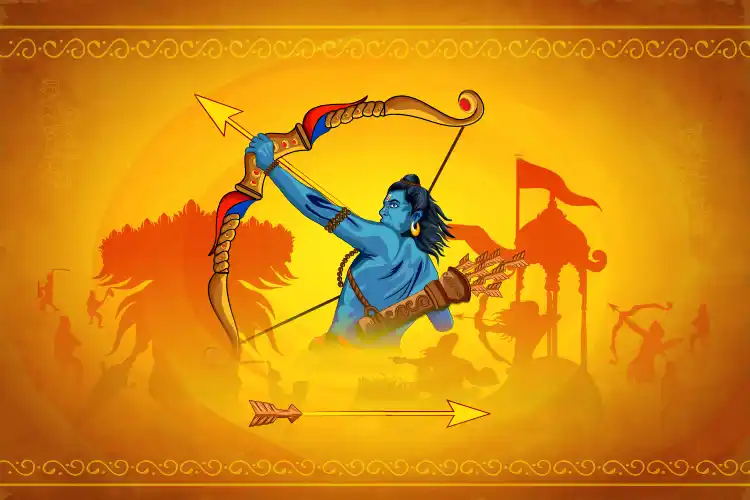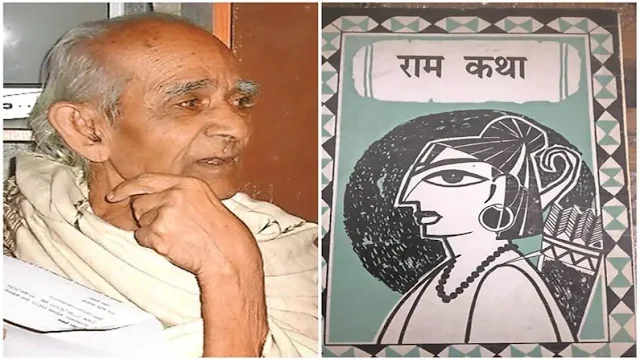In Hindu society, the term “gotra” refers to a lineage or clan tracing descent from a common male ancestor, typically one of the ancient sages or rishis. This system plays a crucial role in social organization, particularly concerning marriage alliances and the preservation of familial heritage.
Etymology and Meaning
The word “gotra” originates from the Sanskrit terms “gau,” meaning cow, and “tra,” meaning shed or stable. Literally, it translates to “cowshed,” but in Vedic literature, it signifies a lineage or clan descending from a common ancestor. This connotation underscores the pastoral roots of early Vedic society, where familial groups were akin to herds protected within a cowshed.
Origins and Historical Context
The concept of gotra is deeply embedded in Vedic traditions. Initially, it was a Brahminical system denoting patrilineal descent from one of the seven or eight revered sages, known as the Saptarishi. These sages include Atri, Bharadvaja, Gautama Maharishi, Jamadagni, Kashyapa, Vasishta, and Vishvamitra, with Agastya sometimes included as an eighth. Individuals belonging to a particular gotra are considered descendants of these sages.
Over time, the gotra system extended beyond Brahmins to other varnas (social classes) like Kshatriyas and Vaishyas, becoming a widespread societal framework in Hindu culture. This expansion reflects the system’s significance in maintaining social order and lineage purity across different strata of society.
Structure and Function
A gotra signifies an unbroken male lineage from a common ancestor. It is distinct from a surname and holds particular importance in matrimonial alliances. Marriages within the same gotra are traditionally prohibited, as individuals from the same gotra are considered siblings, and such unions are viewed as incestuous. This exogamous practice aims to promote genetic diversity and social cohesion.
Each gotra comprises several pravaras, which are specific ancestral sages associated with that lineage. Pravaras are invoked during Vedic rituals and ceremonies to honor one’s ancestors and reinforce lineage identity. For example, individuals of the Bharadvaja gotra may have pravaras like Angirasa, Barhaspatya, and Bharhaspatya, denoting a lineage that honors these specific sages.
Cultural Significance
The gotra system holds substantial cultural and religious importance in Hindu society:
Marriage Alliances: Adherence to gotra exogamy is vital in traditional Hindu marriages. Marrying outside one’s gotra is believed to prevent genetic issues arising from close kin unions and to strengthen social bonds between different familial lineages. This practice also reflects the societal emphasis on maintaining the purity of lineage and adhering to dharma (moral duty).
Rituals and Ceremonies: Gotras are invoked during various religious rituals, including the sacred thread ceremony (Upanayana) and marriage rites, to honor ancestors and seek their blessings. Mentioning one’s gotra during these ceremonies reaffirms an individual’s connection to their lineage and the broader spiritual heritage.
Identity and Community: Gotra affiliation contributes to an individual’s identity within the Hindu social framework, fostering a sense of belonging and continuity with ancestral traditions. It also facilitates the formation of social networks and alliances, as shared gotra ties can lead to communal support and mutual recognition.
Modern Perspectives
In contemporary times, the rigidity of the gotra system has seen some relaxation, especially in urban and diasporic contexts. Inter-gotra marriages are becoming more common, and the emphasis on gotra in daily life has diminished for many. However, in certain communities, adherence to gotra norms remains strong, reflecting the enduring influence of traditional practices.
Debates continue regarding the relevance of the gotra system in modern society. While some view it as an essential link to cultural heritage and identity, others perceive it as a restrictive practice that may impede social progress and individual choice, particularly concerning marriage.
Conclusion
The gotra system is a foundational aspect of Hindu social structure, intertwining lineage, cultural identity, and religious practice. Its origins in Vedic traditions highlight the importance placed on ancestry and familial bonds in Hinduism. Despite evolving societal norms, the concept of gotra continues to influence aspects of Hindu life, symbolizing the enduring connection between the past and present in the tapestry of Indian culture.












